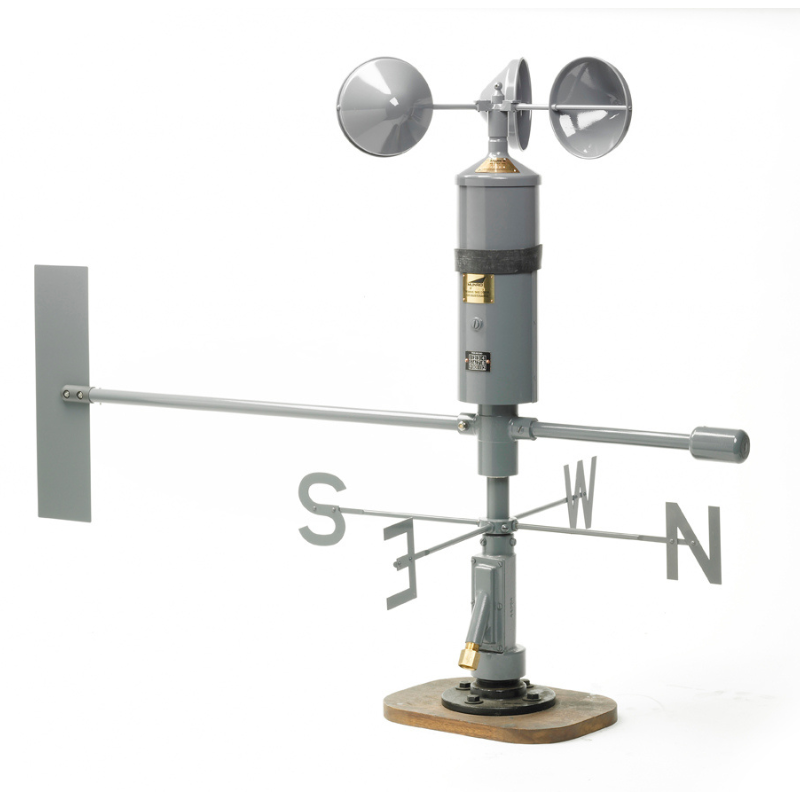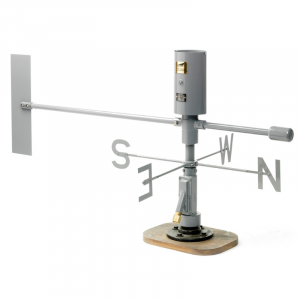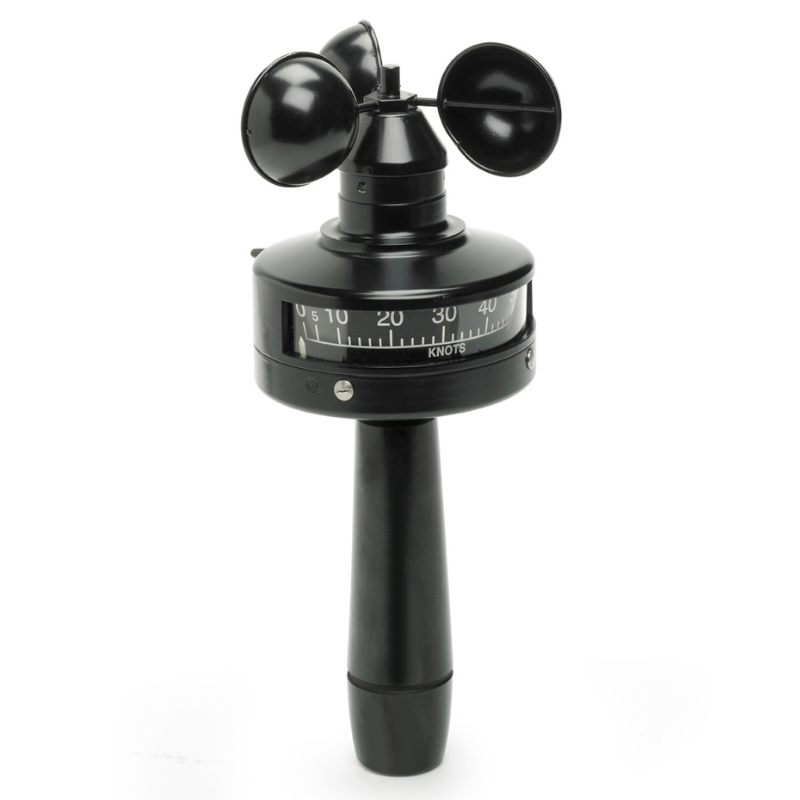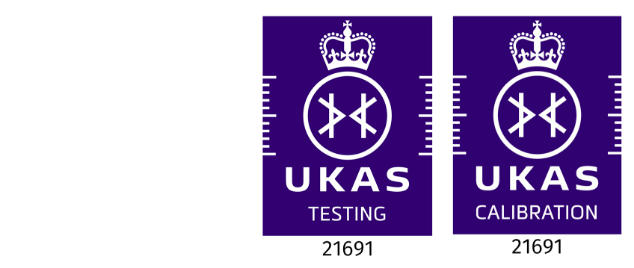Agriculture has always been at the mercy of weather conditions. For centuries, farmers relied on intuition and experience to predict rainfall, temperature, and other weather-related factors.
These Weather Stations for Farmers are a game-changer, enabling farmers to monitor and respond to weather conditions with incredible accuracy.
What Are Weather Stations?
A weather station is a device or collection of instruments used to measure atmospheric conditions. Farmers use them to track parameters like temperature, humidity, rainfall, wind speed, and soil moisture to optimize their agricultural activities.
Kinds of Weather Stations
Weather stations can be broadly categorized into:
- Manual Weather Stations: Simple setups requiring human intervention to record readings.
- Automatic Weather Stations (AWS): Devices that automatically collect and transmit data.
- Smart Weather Stations: Advanced systems integrated with IoT technology for real-time analytics and predictions.
Why farmers should use weather stations
Enhancing Crop Yields
With accurate weather data, farmers can determine the best planting and harvesting times, resulting in healthier crops and increased yields.
Reducing Losses from Weather Extremes
Weather stations provide early warnings about extreme conditions like frost or storms, allowing farmers to take protective measures.
Planning Irrigation Effectively
By monitoring rainfall and soil moisture levels, farmers can plan efficient irrigation schedules, conserving water while meeting crop needs.
Key Features of Weather Stations for Farmers
- Temperature and Humidity Sensors: Help in tracking the microclimate conditions.
- Rain Gauges: Measure rainfall, critical for irrigation planning.
- Wind Sensors: Monitor wind speed and direction, vital for pesticide application.
- Soil Moisture Sensors: Provide insights into the water content of the soil.
Benefits of Using Weather Stations on Farms
Real-Time Data Collection
Farmers receive up-to-the-minute information, enabling timely interventions and better planning.
Improved Decision-Making
Detailed weather data allows for informed decisions, whether it’s planting crops or managing fertilizers.
Cost-Saving in Resource Allocation
With accurate data, farmers can avoid unnecessary expenses on water, fertilizers, and pesticides.
How Weather Stations Work
Weather stations use sensors to collect data on various environmental parameters. This data is then transmitted to a central system where it is analyzed and presented in an easy-to-understand format, often accessible via mobile apps or web platforms.
Selecting the Right Weather Station for Your Farm
Factors to Consider
- Coverage Area: Ensure the station covers your entire farm.
- Sensor Quality: High-quality sensors provide more accurate data.
- Connectivity: Look for stations with reliable data transmission capabilities
Installation and Maintenance of Weather Stations
Best Practices for Installation
- Install in an open area, away from obstructions.
- Ensure sensors are placed at the recommended heights.
Regular Maintenance and Calibration
- Clean sensors regularly.
- Calibrate the instruments periodically to maintain accuracy.
Integrating Weather Data with Farm Management
Role of Weather Data in Precision Agriculture
Weather data is a cornerstone of precision farming, allowing for tailored interventions for each crop.
Using Weather Apps and Software
Many weather stations sync with apps that provide insights, forecasts, and alerts, streamlining farm management.
How to use Weather Stations for Farmers
Weather stations are valuable tools for farmers, enabling them to optimize crop management, conserve resources, and improve yields. Here’s a guide on how farmers can use weather stations effectively:
- Choose the Right Weather Station
- Features to Consider:
- Temperature and humidity sensors.
- Rain gauges.
- Wind speed and direction sensors.
- Soil moisture and temperature probes.
- Solar radiation sensors.
- Durability: Ensure it can withstand local weather conditions.
- Connectivity: Options for data access (Wi-Fi, Bluetooth, or cellular).
- Monitor Key Weather Parameters
- Temperature: Helps determine planting times, irrigation needs, and pest management.
- Rainfall: Understand water availability and reduce over-irrigation.
- Humidity: Manage crop diseases that thrive in high-humidity environments.
- Wind Speed and Direction: Plan spraying activities to minimize drift and loss.
- Soil Moisture: Optimize irrigation schedules and conserve water.
- Optimize Crop Management
- Planting Decisions: Use soil temperature and rainfall data to determine the best planting time.
- Irrigation Scheduling: Adjust irrigation based on real-time soil moisture and rainfall measurements.
- Pest and Disease Control:
- Track temperature and humidity trends to predict pest outbreaks.
- Time fungicide applications based on disease risk indicators.
- Plan Harvesting
- Monitor weather patterns to:
- Avoid harvesting during heavy rain or high humidity.
- Optimize harvest timing for better yield and quality.
- Frost and Heat Protection
- Use temperature data to:
- Deploy frost protection methods (e.g., sprinklers, heaters) during cold snaps.
- Shade or irrigate crops during heatwaves to prevent heat stress.
- Improve Resource Efficiency
- Water Conservation: Use rainfall and soil moisture data to reduce overwatering.
- Fertilizer Application: Avoid applying fertilizers before heavy rainfall to reduce runoff.
- Energy Management: Optimize the operation of irrigation systems to reduce energy use.
- Long-Term Planning
- Collect historical data to:
- Analyze climate trends on your farm.
- Make informed decisions about crop selection and rotation.
- Prepare for extreme weather events.
- Connect with Farm Management Systems
Many modern weather stations integrate with farm management software. This allows for:
- Automated irrigation systems.
- Weather-triggered alerts (e.g., frost warnings).
- Detailed analytics for crop performance.
- Educate and Train
- Train farm staff to interpret weather data effectively.
- Incorporate weather data into everyday farm planning.
- Leverage Government and Local Data
Combine your station’s data with information from:
- Local meteorological agencies.
- Agricultural extension services.








